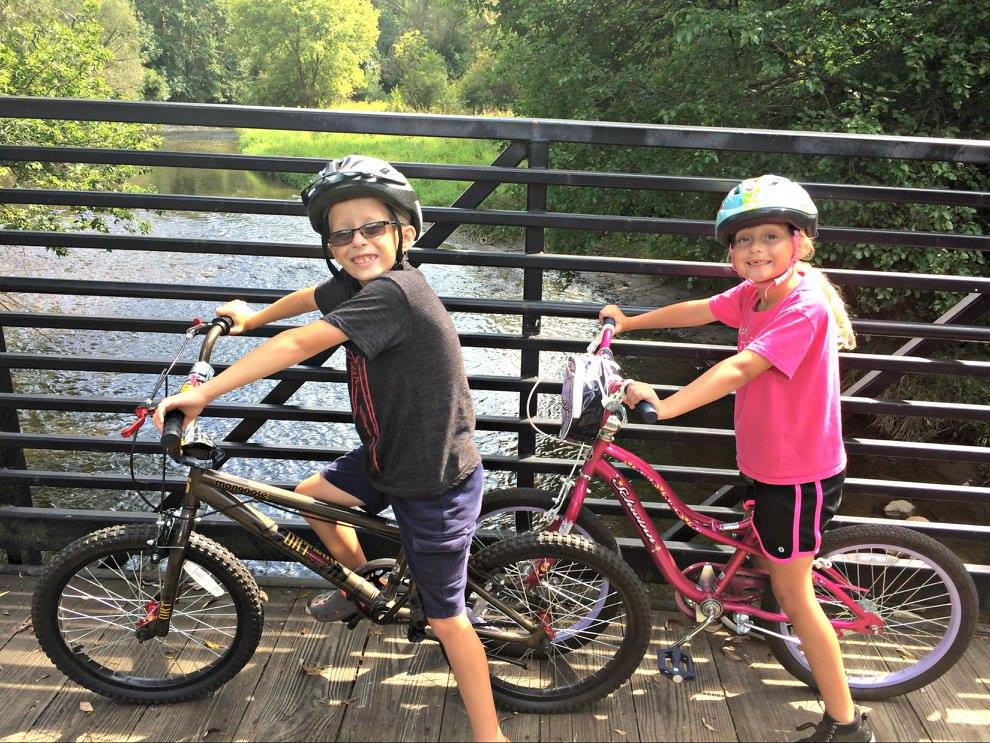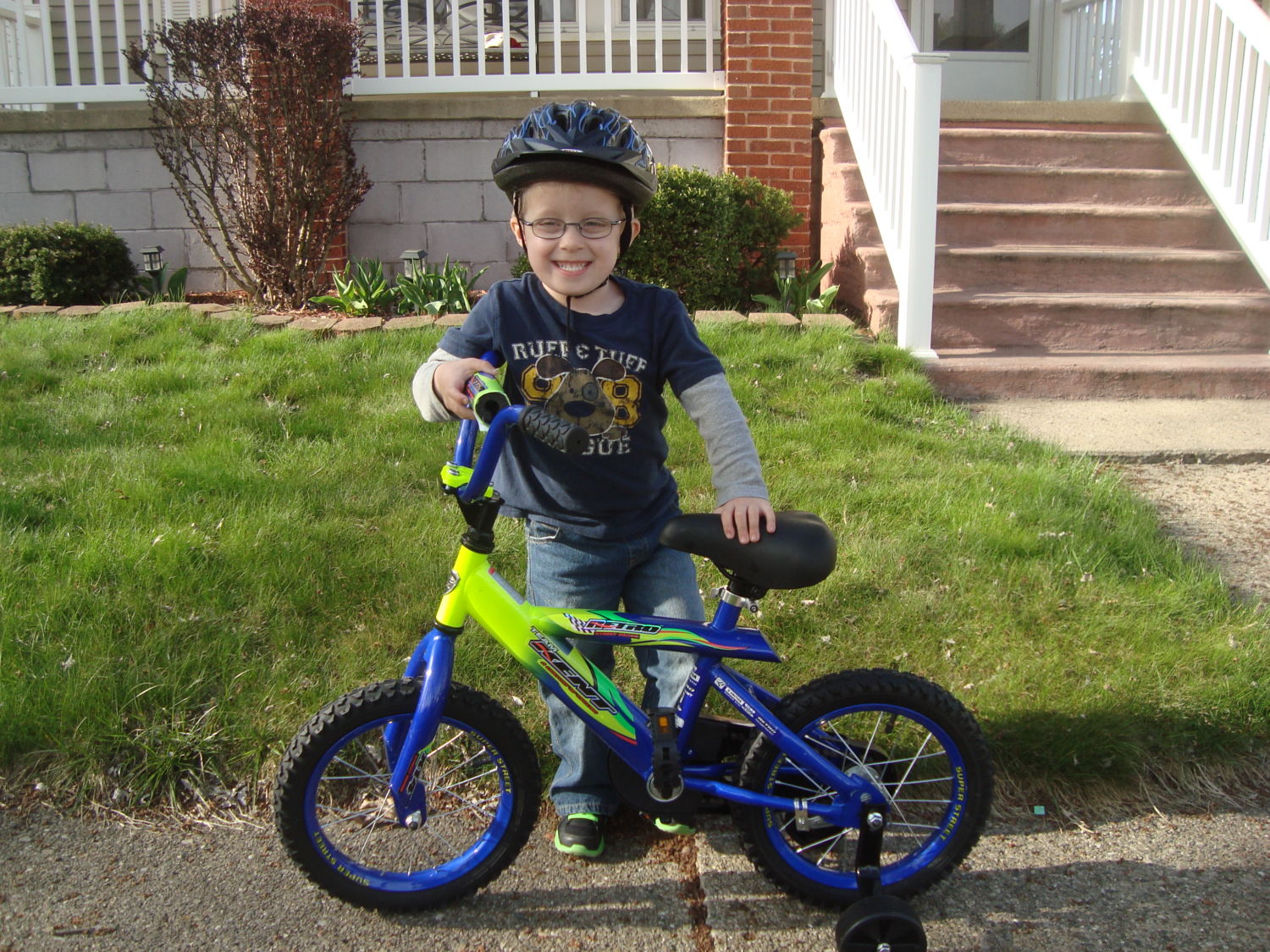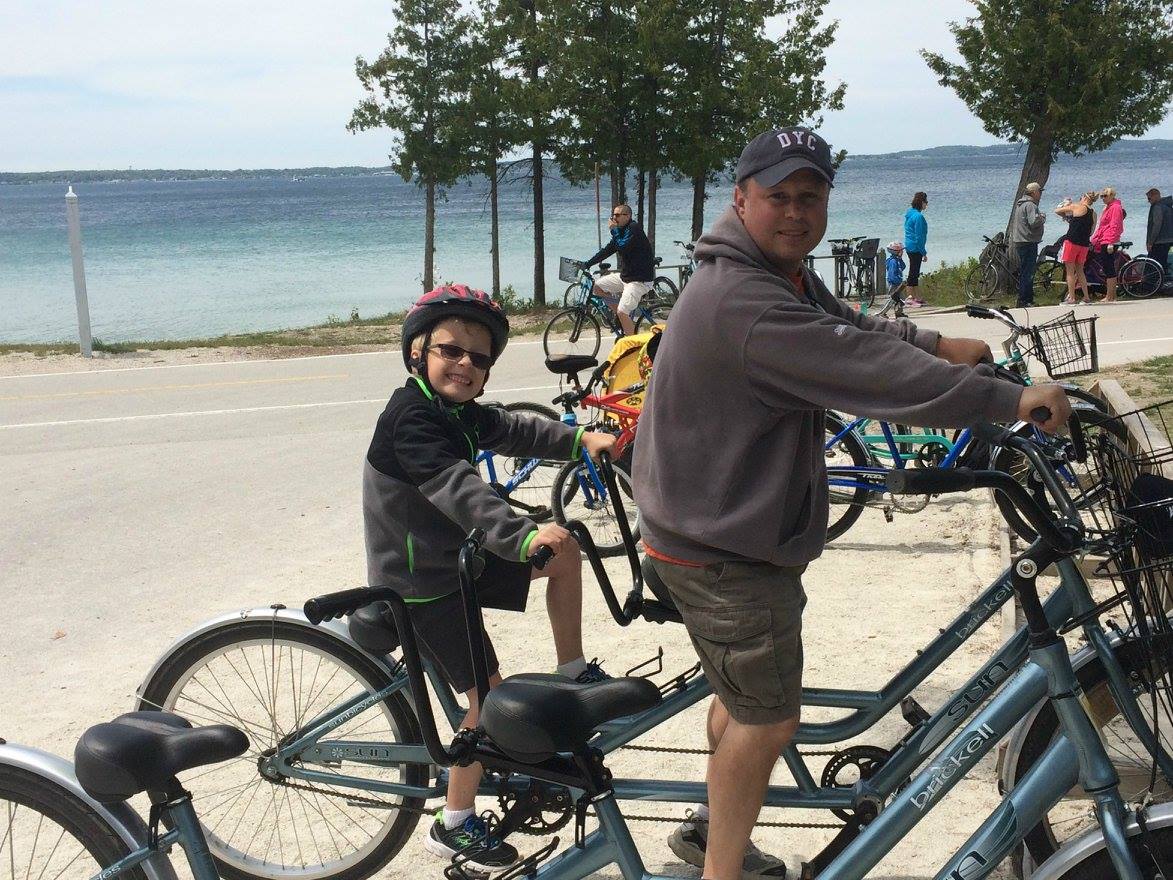One of my most memorable moments as a parent was the time I surprised my kids with their first bikes. I don’t think they’ve ever had brighter smiles on their faces than they did that day. Eventually, they outgrew those cute little beginner bikes and it was time to move on beyond training wheels. Unfortunately, we didn’t get through that task without a few tears and tumbles along the way, but they got it down and now riding bikes is one of their favorite activities.
Here are some tips I learned while getting my kids to toss aside their bicycle training wheels that can help make learning to ride a less daunting experience:
BALANCE
Building up a sense of balance is crucial to getting rid of those training wheels. Balance bikes are a nice way to get kids comfortable coasting on two wheels before they upgrade to riding a pedal bike. Sometimes kids will even skip training wheels if they’ve gained enough confidence and experience from a balance bike. Radio Flyer has an affordable and durable one called the Glide & Go Balance Bike that I’d recommend parents whose children are just getting into bicycle riding check out.
Bicycles built for two aren’t common in most people’s garages, but they are often easily available to rent at vacation spots. We rented them while visiting Mackinac Island to ride with our kids. This really worked out well in helping my son agree to give up his training wheels. If you’d like to try this out at home look for attachments called tow bars or “trailer bikes” that will transform a parent’s bike into a bicycle built for two as a way to transition a child towards riding without training wheels.
SAFETY
Make sure a child is wearing a helmet—not only to have them be safe, but also to have them feel safe. If a child is feeling nervous about falling have them wear extra padding, such as elbow and knee pads or wrist guards, to help reduce their anxiety.
POSITIVITY
Always stay positive even if a child has a really negative attitude or isn’t doing well. As long as you keep being supportive and remain persistent, just like potty training, your child will eventually learn to do this.
POSITIONING
Where you are standing can impact how comfortable a child is while learning to ride. Instead of holding onto the handle bars and running next to the bike, stand behind it with the rear wheel between your legs supporting the child with your hands under his or her armpits. Your kid will have greater control of the bicycle this way making it easier for you to eventually just let go.
READY. SET. GO!
Practice braking before actually working on riding by having your child walk the bike and demonstrate how to stop it. A comfort level with being able to stop the bike in motion will add confidence when it comes to riding it without your help. Always start off riding lessons by placing the bike in the “ready position” where the pedal for the child’s dominant foot is placed up and slightly forward to make it easy to get into the motion pattern for pushing the wheels around. Avoid sidewalks and streets that may have obstacles and traffic that will make a young rider nervous. Find a safe, wide open space with a slight decline with a grassy border such as a long driveway, paved school playground area, or empty parking lot.



